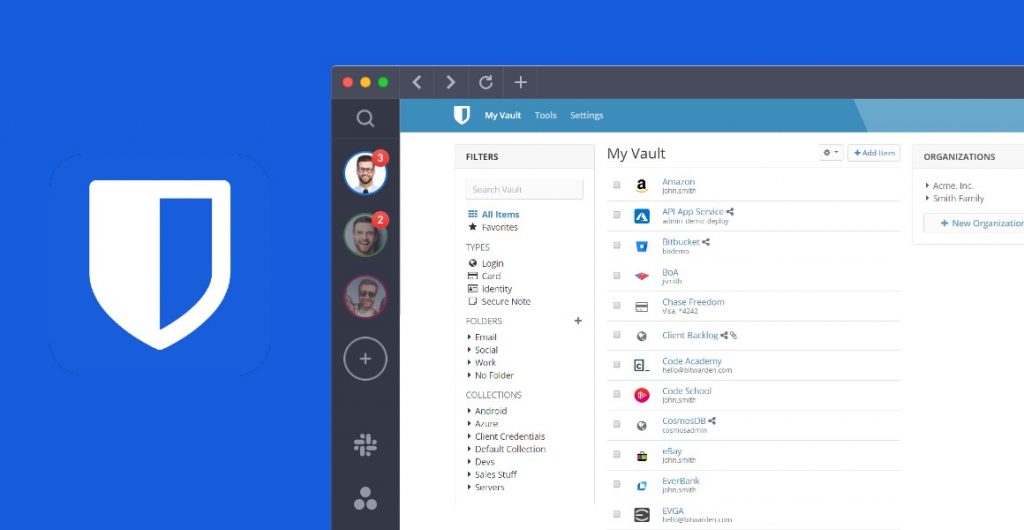

Once you complete this guide, you can safely move on to the next step.Ģ. We have a guide that walks you through the process of setting up Docker on the Raspberry Pi. First, as Bitwarden will be running within a Docker container, you need to install it. One of these steps includes installing Docker.ġ. There are a few things we must do before we can self host our Bitwarden server. Preparing your Raspberry Pi for Bitwarden We tested this tutorial on a Raspberry Pi 400 running on the latest release of Raspberry Pi OS Buster.


Preparing your Raspberry Pi for Bitwarden.It has been written to minimize the amount of resources it consumes, which is perfect for our Raspberry Pi. This version is a re-implementation of the Bitwarden server API but entirely written in Rust. Your Bitwarden clients can connect to this server to synchronize your password data.Īs the Raspberry Pi isn’t the most powerful device, we will need to use a non-official version of the server software. This helps make it cheap to have running all the time. The software is widely considered to be the best free solution for those wanting a secure password manager.Ī Raspberry Pi makes an excellent self-hosted solution for Bitwarden as it consumes relatively low power. It allows you to retain complete control over how your passwords are stored. In this project, we are going to show you how to self-host Bitwarden on your Raspberry Pi.īitwarden is an entirely free and open-source password management service.


 0 kommentar(er)
0 kommentar(er)
